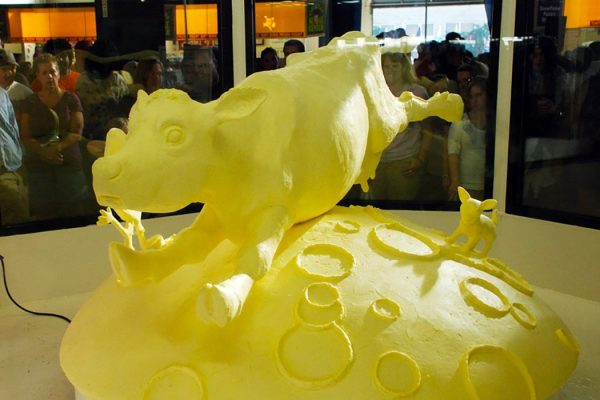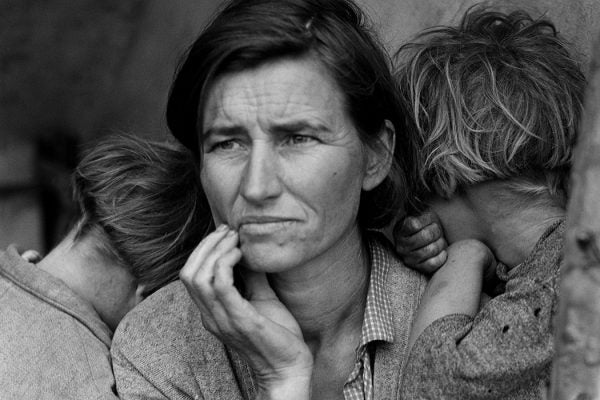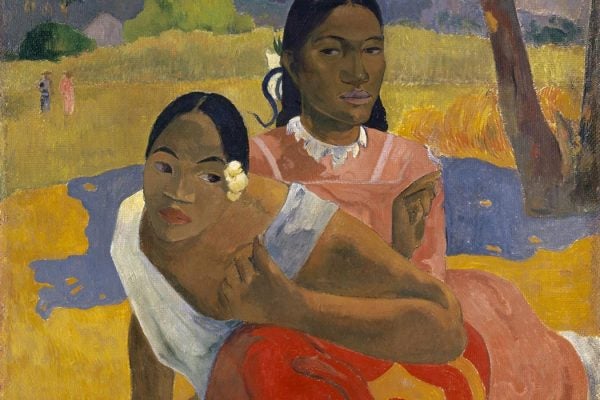The Reading Rooms Designed to Protect Women from “Library Loafers”
In the late 1800s, American women began to move more freely in public. In response, public libraries created sex-segregated reading rooms, intended to keep women in their proper place.
Benjamin Lay: The Radical “Quaker Comet”
Benjamin Lay was a radical abolitionist who helped turn the Quakers from slave-holders to leaders of the anti-slavery movement.
The Decadent Art of Butter Sculpture
Butter sculpture is a fixture of American state fairs. The practice of using food as a medium for art dates back centuries.
How Mr. Coffee Made Coffee Manly
Mr. Coffee, the first electric-drip coffee machine for home use, debuted in 1972, forever changing the way Americans made coffee.
Did the Aztecs Simply Disappear? Surviving Biombo Paintings Tell Another Story
Colonial narratives often boast triumphant victory and catastrophic defeat, but Mexican biombo paintings suggest a surprising alternative.
When Corporations Co-opt Crafts
Procter & Gamble made its industrially produced soap the basis for a revival of an ancient craft, leading to a huge fad for soap carving.
Dorothea Lange and the Making of Migrant Mother
Follow the rich history of Dorothea Lange, as she captured the iconic and lasting portrait of Florence Thompson, more famously known as Migrant Mother.
The Evolution of the New York Restaurant Scene
In colonial America, restaurants as we know them today were virtually unheard of.
The Real Reason Fine Art Costs So Much
To outsiders, art auctions can seem like a parody of bizarre spending by wealthy people. The origins of ultra-expensive art lies in the nineteenth-century.
What “Colonial Kitchens” Say About America
We've been fantasizing about colonial kitchens since soon after the Colonial era itself was over. What's that about?









